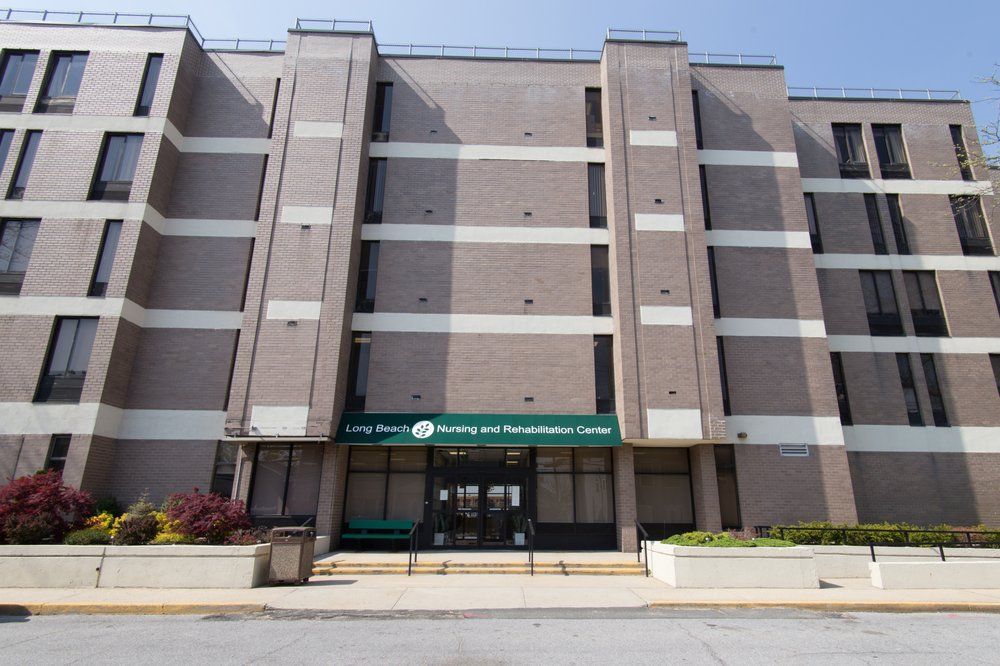What Is the Life Expectancy of a Man with Prostate Cancer?
What is the Life Expectancy of a Man with Prostate Cancer?
Early detection of prostate cancer plays a crucial role in improving life expectancy and treatment outcomes. At 7 Day Home Care, we emphasize the importance of regular screenings, such as Prostate-Specific Antigen (PSA) tests and Digital Rectal Exams (DRE), especially for men over 50 or those with a family history of the disease. Early-stage prostate cancer often presents no symptoms, making routine screening vital for catching the disease before it progresses. When detected in its early stages, prostate cancer has a nearly 100% five-year survival rate, offering patients a much greater chance for long-term health. Early diagnosis not only allows for less invasive treatment options but also reduces the likelihood of cancer spreading to other parts of the body, which significantly improves life expectancy and quality of life. By staying proactive with regular check-ups, men can safeguard their health and increase the chances of successful treatment.

A Diagnosis of Prostate Cancer can be Overwhelming, with Concerns About Treatment, Prognosis, and Life Expectancy
Prostate cancer is one of the most common cancers affecting men worldwide. A diagnosis of prostate cancer can be overwhelming, with concerns about treatment, prognosis, and life expectancy. Fortunately, advancements in medical technology, treatment strategies, and early detection have significantly improved outcomes for prostate cancer patients. In this article, we will explore the key factors that influence the life expectancy of a man with prostate cancer, available treatment options, and how early detection plays a critical role in improving prognosis.
Understanding Prostate Cancer
The prostate is a small gland located just below the bladder in men, responsible for producing seminal fluid. Prostate cancer occurs when abnormal cells in the prostate grow uncontrollably. Although the exact cause of prostate cancer is unclear, risk factors like age, family history, race, and lifestyle can increase the chances of developing the disease.
Prostate cancer often grows slowly, and many men may not experience symptoms for years. In some cases, the cancer remains confined to the prostate and causes minimal health risks. However, aggressive forms of prostate cancer can spread (metastasize) to other parts of the body, such as bones and lymph nodes, leading to more serious complications.
Key Factors Influencing Life Expectancy with Prostate Cancer
Several factors influence the life expectancy of a man diagnosed with prostate cancer:
1. Stage of Diagnosis
- Localized Prostate Cancer (Stages I and II): When cancer is confined to the prostate, men have an excellent prognosis, with a nearly 100% five-year survival rate. Many can live for decades after early detection and effective treatment.
- Locally Advanced Prostate Cancer (Stage III): Cancer has spread outside the prostate but not to distant organs. While not as favorable as localized cancer, men with proper treatment still have a high likelihood of long-term survival.
- Metastatic Prostate Cancer (Stage IV): When cancer spreads to distant organs, the prognosis is more guarded, but treatments can help manage symptoms and extend life.
2. Gleason Score and Grade Group
- The Gleason score grades the aggressiveness of prostate cancer. Higher scores (6 to 10) indicate more aggressive cancer, while lower scores mean a more favorable prognosis.
- The Grade Group system classifies prostate cancer from 1 (least aggressive) to 5 (most aggressive). Lower-grade cancers have better outcomes, while higher-grade cancers may require immediate treatment to improve life expectancy.
3. Age and Overall Health
- Younger men generally have a better prognosis, as they can tolerate aggressive treatments better. Comorbidities like heart disease or diabetes can impact life expectancy, sometimes posing greater risks than the cancer itself.
4. Treatment Options
- Treatment depends on the cancer stage and patient health. Common options include, but are not limited to:
- Surgery: Removal of the prostate gland (radical prostatectomy) offers a high survival rate for localized cancer.
- Radiation Therapy: Effective for localized cancer, with survival rates similar to surgery.
- Hormone Therapy: Reduces testosterone to slow cancer growth, especially in advanced cases.
- Chemotherapy: Reserved for advanced or hormone-resistant cancer, helping shrink tumors and prolong life.
5. Response to Treatment
- Every patient's response to treatment varies. Some may experience better outcomes, particularly if they respond well to hormone or targeted therapies.
Prostate Cancer Survival Rates and Statistics
According to the American Cancer Society:
- Localized Prostate Cancer: Nearly 100% five-year survival rate.
- Locally Advanced Prostate Cancer: Approximately 95% five-year survival rate.
- Metastatic Prostate Cancer: Around a 30% five-year survival rate.
These rates are estimates and may vary depending on individual factors, but many men live longer than these estimates, especially with modern treatments.
The Role of Early Detection of Prostate Cancer
Early detection significantly improves life expectancy. Men over 50, or those with a family history of prostate cancer, should consider screening options:
- Prostate-Specific Antigen (PSA) Test: Measures PSA levels in the blood, with elevated levels possibly indicating prostate cancer.
- Digital Rectal Exam (DRE): A physical exam to detect prostate abnormalities that may require further testing.
Prostate Cancer, Lifestyle Factors and Life Expectancy
A healthy lifestyle can positively impact prostate cancer outcomes. Diets rich in fruits, vegetables, and antioxidants (e.g., berries, tomatoes, leafy greens) are linked to better results, while processed foods and red meat may increase risk. Regular exercise and avoiding smoking also contribute to improved prognosis.
This article is for informational purposes only and does not replace professional medical advice. Always consult your healthcare provider for diagnosis and treatment.Life expectancy for a man with prostate cancer depends on factors such as the stage at diagnosis, Gleason score, age, and response to treatment. While metastatic cancer presents more challenges, advancements in treatments have improved survival rates. Early detection, combined with a healthy lifestyle and the right treatment, offers the best chance for a favorable prognosis. Working closely with a healthcare team ensures personalized care tailored to individual needs. 7 Day Home Care is licensed by the New York State Department of Health to provide home care services in Manhattan, Queens, Brooklyn, Nassau County, and Suffolk County, New York. To learn more about our home care services, please call 516-408-0034.
Brian Callahan
7 Day Home Care










